"Micius" Helped China Maintain a Lead in the Race for Space Quantum Communication on 16th June, 2017
Time:2017-06-16
On 16th June, 2017, the picture of China's first experimental quantum science satellite "Micius" was put on the cover of American magazine Science. "Micius" directly sends out two red lights to the Earth, and the words—"QuantumReach" appear between the two lights, which indicates that it is the first time that the quantum communication experiment truly reaches the astrospace from the ground. The magazine published papers written by Pan Jianwei, a professor from the University of Science and Technology of China and the principal scientist of the quantum satellite project, and other scholars.
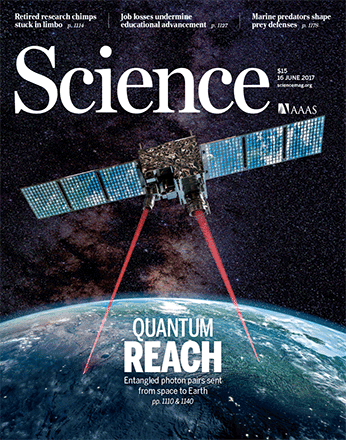
The picture of "Micius" was put on the cover of American magazine Science
In August 2016, the world's first experimental quantum science satellite developed by China independently—“Micius" was launched successfully. It was the first time that human marched towards the real quantum communication between the satellite and the ground. “Micius” has three science missions: quantum entanglement distribution from the satellite to ground and non-locality test, quantum key distribution from the satellite to ground, and quantum teleportation from satellite to ground. The Science magazine reported the experimental achievements of quantum entanglement distribution from satellite to ground and the non-locality test.
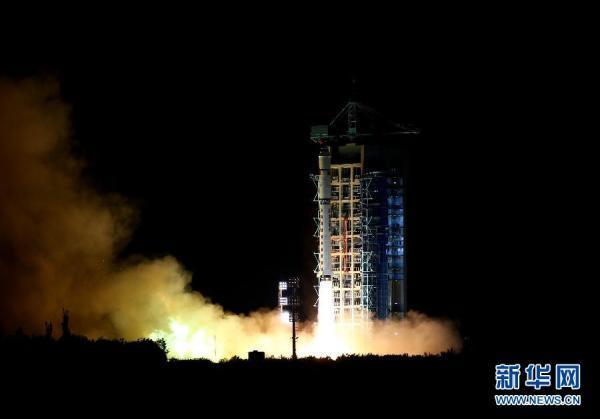
“Micius” experimental quantum science satellite was successfully launched
Quantum entanglement is a particular phenomenon in the quantum world. Two entities with quantum entanglement can still interact with each other over long distances. The verification of quantum entanglement distribution and nonlocality test started from the 1980s. Scientists finished quantum entanglement distribution and nonlocality test on different experimental platforms and in different environments, but due to channel loss, the distribution distance of quantum entanglement could only reach 100-kilometer. Long-distance quantum entanglement distribution not only helps verify the nonlocality of quantum entanglement on a larger scale, but also popularizes an important application of quantum entanglement distribution: constructing a global quantum communication network. By using the quantum entanglement distribution over thousand-kilometer based on quantum satellite, human can realize long-distance quantum secure communication, thus dramatically enhance the current communication security level.
On the way to the realization of a global quantum communication network, the team of academician Pan Jianwei from the University of Science and Technology of China has gone through more than ten years of ups and downs. Early in April 2005, the team successfully achieved free space distribution of entangled photon pairs over 13 km, which was the longest distance of free space distribution of entangled photon pairs in the world. In June 2010, the team successfully finished the verification of 16-kilometer quantum teleportation, the distance of which is more than 20 times of the former world record; in August 2012, they realized the free space quantum teleportation and entanglement distribution over 100-kilometer for the first time in the world, laying the technical foundation for the launch of the world's first "quantum communication satellite". In April 2013, the team succeeded in the quantum key distribution from the flying fire balloon to the ground for the first time. In the experiment, the team simulated the important environment parameters of all Earth-orbit satellites and finished the feasibility test of the experiment of quantum key distribution from satellite to ground... These achievements enable “Micius” to be an “almighty” quantum satellite. In addition, in 2016, Austrian Academy of Sciences and University of Vienna agreed on cooperation with China, decided to build quantum communication ground stations in Vienna and planned to build an international quantum key distribution channel between China and Vienna, Austria.
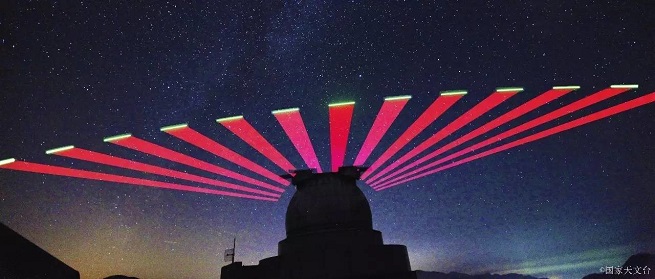
The live action of Xinglong Observatory tracking the "Micius" experimental quantum science satellite
As soon as the quantum entanglement experiment of “Micius” finished, foreign scientists all felt shock and expressed their congratulations. “I am really impressed by the result of the Chinese group,” says Wolfgang Tittel, a physicist at the University of Calgary in Canada. "To me, it was not clear after the satellite launch if they would succeed,” he says, or whether they would use it to learn for the next improved mission. Thomas Jennewein, who is at the University of Waterloo in Canada and part of the Canadian mission, says that his group and others around the world are now racing to catch up with the Chinese effort. “It’s a huge achievement, they boldly put forward the idea and succeeded in achieving it. They are now clearly the world leader in quantum satellites,” he says. Alexander Lina, a physicist at National University of Singapore, said: “The experiment was a very challenging one, but also a great encouragement to us.”
In recent years, major developed countries around the world have all accelerated their research and development of quantum satellites. In April 2013, researchers in German Aerospace Center successfully sent the quantum signal from the airplanes to the ground stations through laser beams, thus finished the quantum key distribution; In July 2015, an Italian research team sent the quantum signals from the ground stations to the existing satellite systems, and then detected the signals which was sent back to the ground stations after optical reflections, thus finished the verification of the mechanism of quantum satellite; In April 2017, a team of researchers from Britain, Germany, Austria, Holland, Singapore and other countries proposed the CubeSat Quantum Communications Mission (CQuCoM), which will explore the effective load and operation of advanced nano-satellites, and laid the foundation for actualizing the reliable low-Earth-orbit satellite nodes providing quantum key distribution services. Recently, after 8 years' efforts, the research team at the University of Waterloo, Canada finished the verification of quantum key distribution from ground launching station to airborne quantum receiver, thus showed the feasibility of quantum satellite communication. Besides, research teams from Europe and America are planning to send quantum devices to the International Space Station for experiments.

The Dornier 228 aircraft used in the ground quantum key distribution experiment
Nowadays, major developed countries in the world are learning from China's successful experience to speed up their development of quantum satellite communication technology. A space competition for quantum communication has already started.

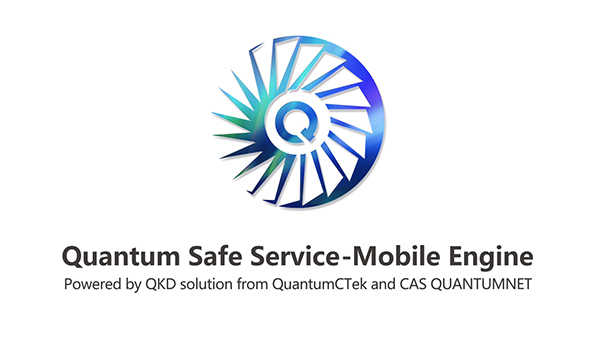 More
More
 More
More
 More
More
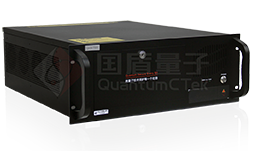 More
More
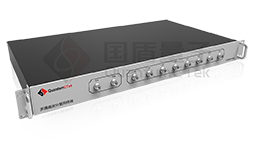 More
More
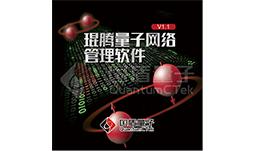 More
More
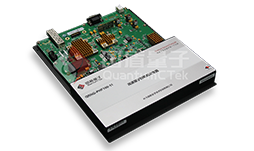 More
More
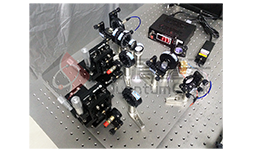 More
More
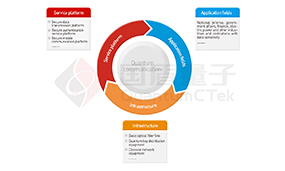 more
more
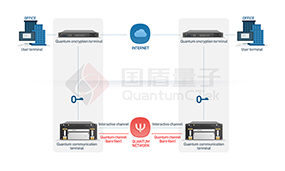 more
more
 more
more
 more
more
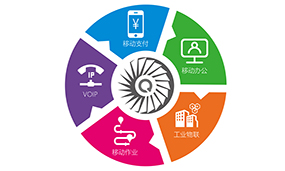 more
more
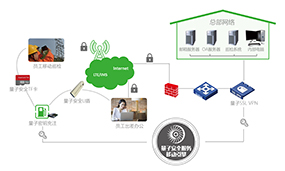 more
more
 more
more
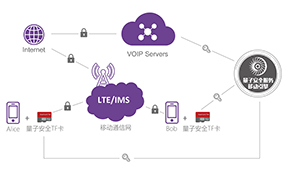 more
more
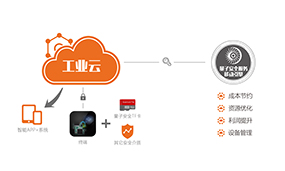 more
more
 More
More
 More
More
 More
More
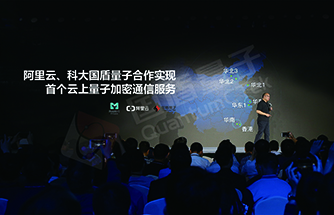 More
More
 More
More
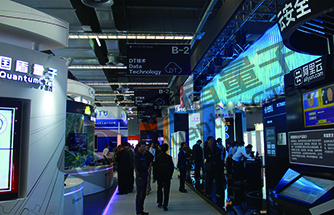 More
More
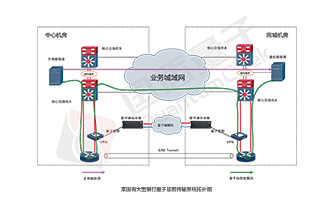 More
More
 More
More
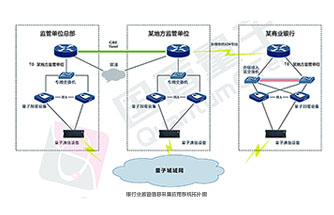 More
More
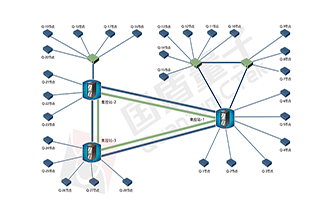 More
More
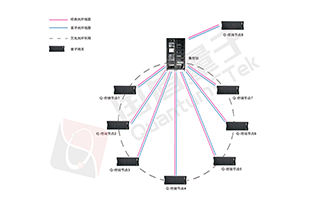 More
More
 More
More
 More
More
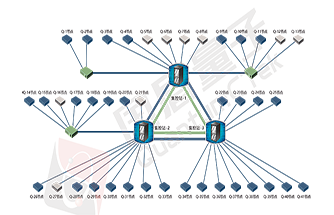 More
More




